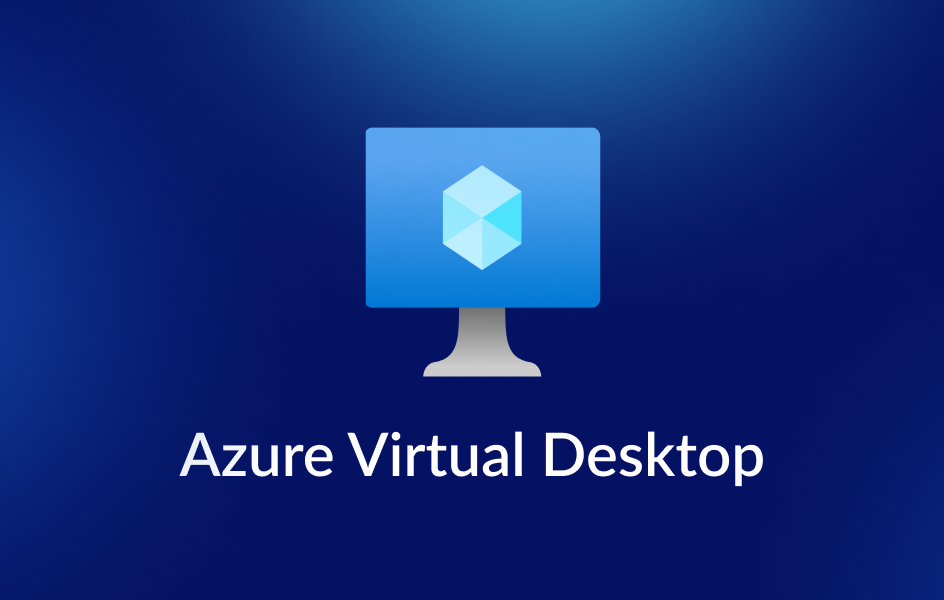Start Azure Virtual Desktop VM on connect
The Start VM on Connect feature for Azure Virtual Desktop is finally available for general use. It allows you to start Azure Virtual Desktop hosts specifically when the user connects to them. Using this new feature together with auto-shutdown will enable you to save Azure costs by not powering up Azure Desktop VMs when nobody’s using them.
Read more








